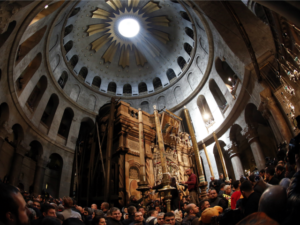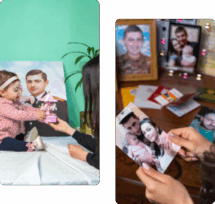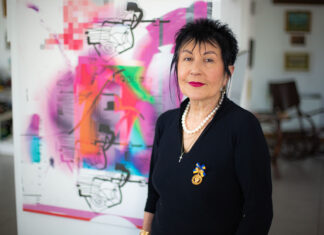 By Diaa Hadid
By Diaa Hadid
JERUSALEM (New York Times) — It was a typical day at the shrine around what many believe is the tomb of Jesus in Jerusalem’s Old City. A Greek Orthodox choir sang inside a room facing the baroque structure. But the voices were drowned out when chanting Armenian priests and monks circling the shrine raised theirs.
“Sometimes they punch each other,” Farah Atallah, a church guard wearing a fez, observed with a shrug.
Atallah is a seasoned witness to the rivalries among the Greek Orthodox, Armenian Orthodox and Roman Catholic communities that jealously share — and sometimes spar over — what they consider Christianity’s holiest site, inside the Church of the Holy Sepulcher.
Amid the rivalry, the unsteady 206-year-old structure, held together by a 69-year-old iron cage, is an uncomfortable, often embarrassing symbol of Christian divisions, which have periodically erupted into tensions. In 2008, monks and priests brawled near the shrine, throwing punches and pulling one another’s hair not far from the tomb where Christians believe Jesus was resurrected.
But in recent weeks, scaffolding has gone up a few feet from the shrine in the gloomy shadows of the Arches of the Virgin, the first step in a rare agreement by the various Christian communities to save the dilapidated shrine, also called the Aedicule, from falling down.







